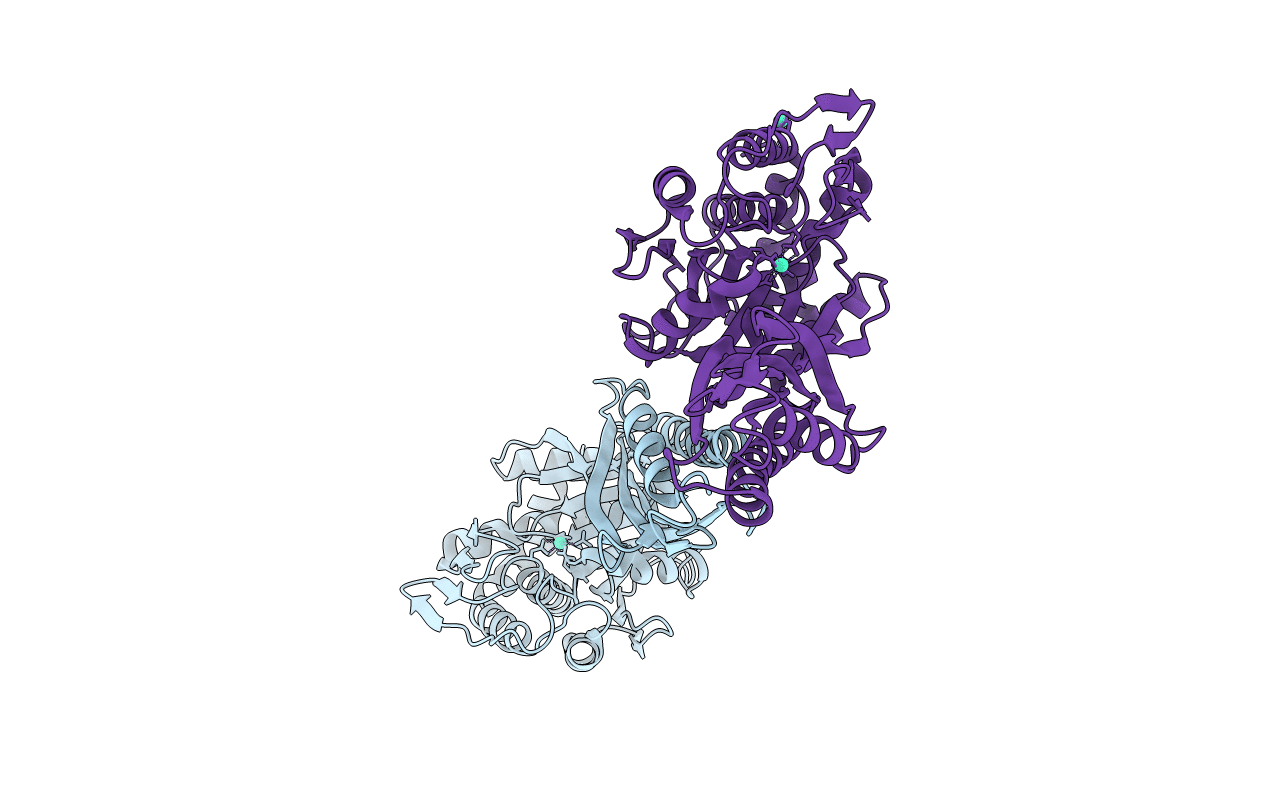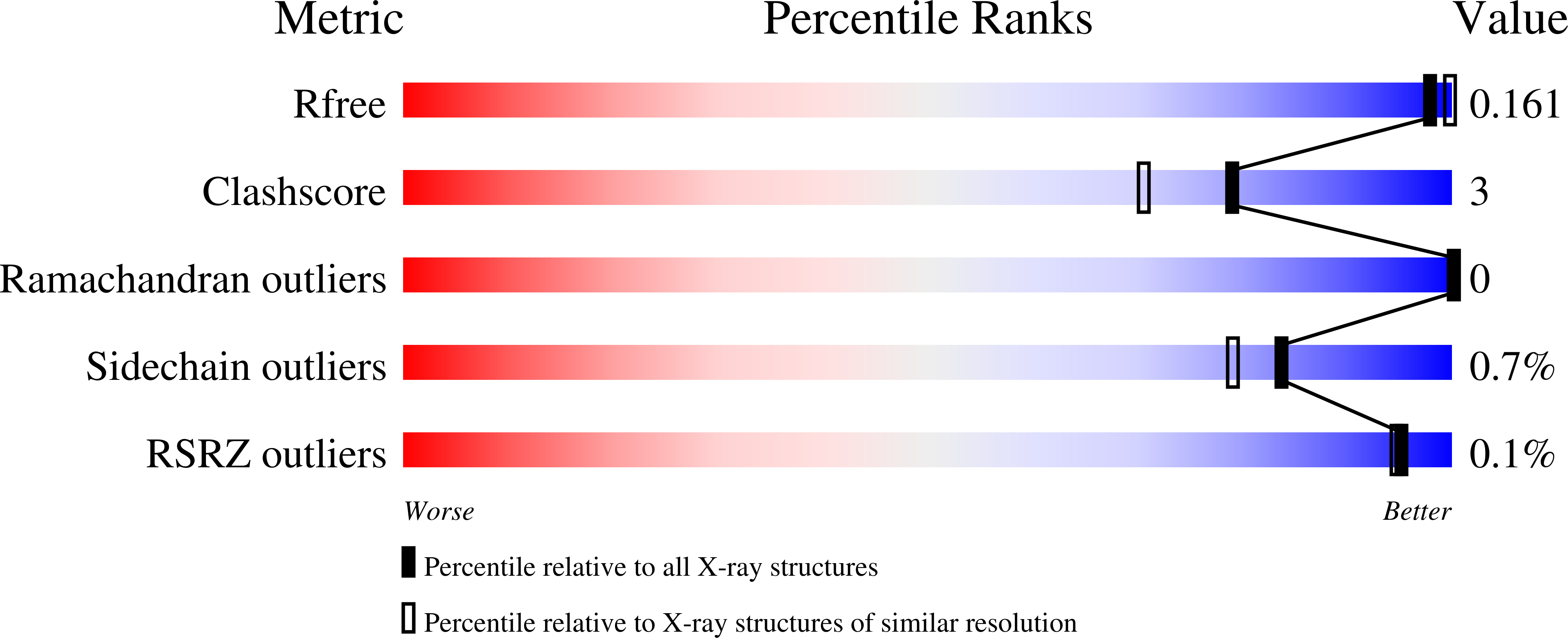
Deposition Date
2021-01-29
Release Date
2021-12-08
Last Version Date
2024-05-22
Entry Detail
PDB ID:
7LJI
Keywords:
Title:
Structure of poly(aspartic acid) hydrolase PahZ2 with Gd+3 bound
Biological Source:
Source Organism:
Sphingomonas sp. KT-1 (Taxon ID: 88363)
Host Organism:
Method Details:
Experimental Method:
Resolution:
1.85 Å
R-Value Free:
0.16
R-Value Work:
0.14
R-Value Observed:
0.14
Space Group:
P 21 21 21


